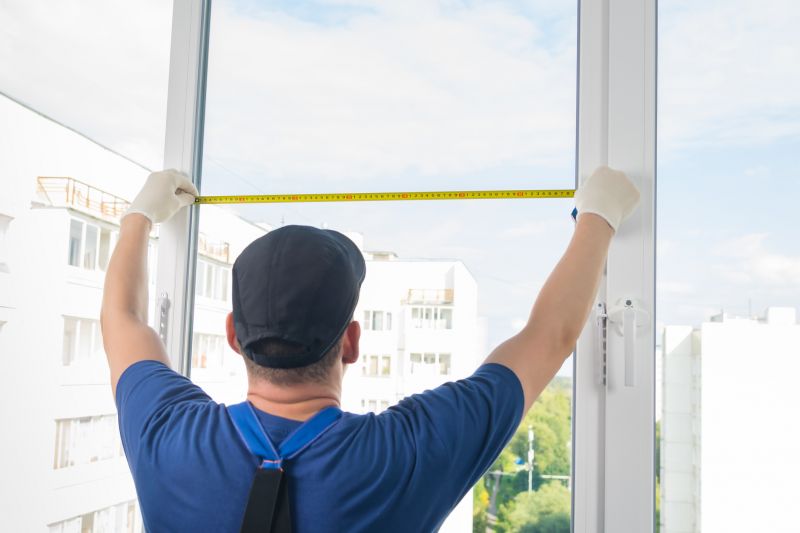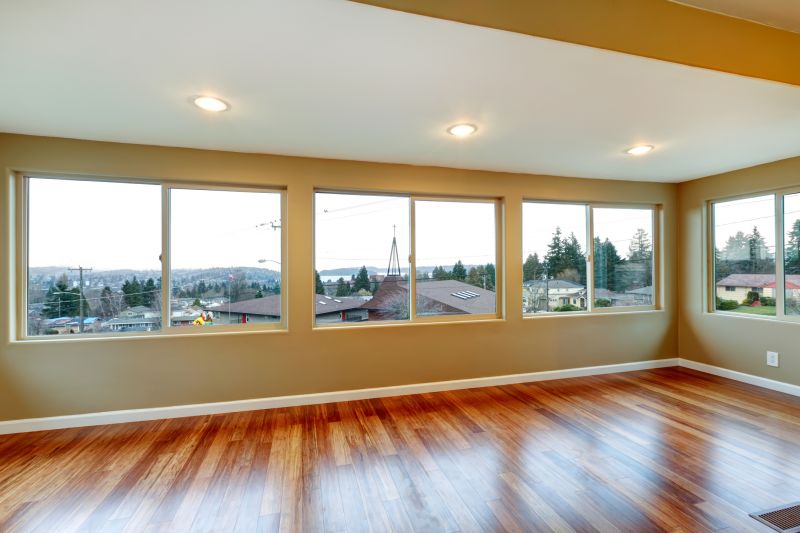Optimal Timing for Windows Installations
Windows installations are most effective when scheduled during periods of low activity to minimize disruptions. Typically, the best times are during off-peak hours or seasons when system downtime has minimal impact on operations. Proper planning ensures smooth installation processes and optimal system performance afterward.
Choosing weekends or late evenings can reduce the impact on daily workflows. Planning installations during these times allows for better resource allocation and troubleshooting if needed.
Spring and fall often provide moderate weather conditions, which are ideal for scheduling installations, especially if hardware setup or physical access is required.
Ensure backups are completed before scheduling. Proper preparation minimizes risks and ensures data integrity during the installation process.
Timing can influence system downtime, user productivity, and support availability. Early planning helps avoid peak business hours or critical deadlines.

Image depicting a calendar with scheduled maintenance windows.

Image of a clock showing late evening hours.

Image of a calendar with spring and fall highlighted.

Ways to make Windows Installations work in tight or awkward layouts.

Popular materials for Windows Installations and why they hold up over time.

Simple add-ons that improve Windows Installations without blowing the budget.
| Factor | Details |
|---|---|
| Downtime Impact | Scheduling during off-hours reduces operational disruptions. |
| User Availability | Align installation times with user availability to minimize productivity loss. |
| Weather Conditions | Spring and fall offer moderate weather for physical setups. |
| Support Access | Off-peak hours may provide easier access to support teams. |
| Data Backup | Ensure backups are completed prior to scheduling. |
| Hardware Readiness | Verify hardware compatibility and readiness before installation. |
| Resource Allocation | Plan for sufficient technical resources during the chosen time. |
| Business Cycles | Avoid peak business periods to reduce impact. |
Windows installations involve updating or replacing the operating system on computers and servers. Proper timing ensures minimal disruption and maximizes system performance. Advances in installation technology have reduced downtime, but strategic scheduling remains important for organizations managing multiple devices.
Statistics indicate that scheduling during off-peak hours can reduce system downtime by up to 30%. Additionally, planning installations during moderate weather seasons can lessen physical setup issues, especially in environments requiring hardware adjustments. Effective timing also improves user satisfaction and system stability post-installation.

Image of a technician performing an OS upgrade.

Image of a support technician assisting remotely.

Image showing hardware components being prepared.

Image of a user configuring system settings.

High-end options that actually feel worth it for Windows Installations.

Finishes and colors that play nicely with Windows Installations.

Little measurements that prevent headaches on Windows Installations day.

A 60-second routine that keeps Windows Installations looking new.
Interested in scheduling a Windows installation? Filling out the contact form can help coordinate the best timing for specific organizational needs. Proper planning ensures a smooth transition and optimal system performance.


